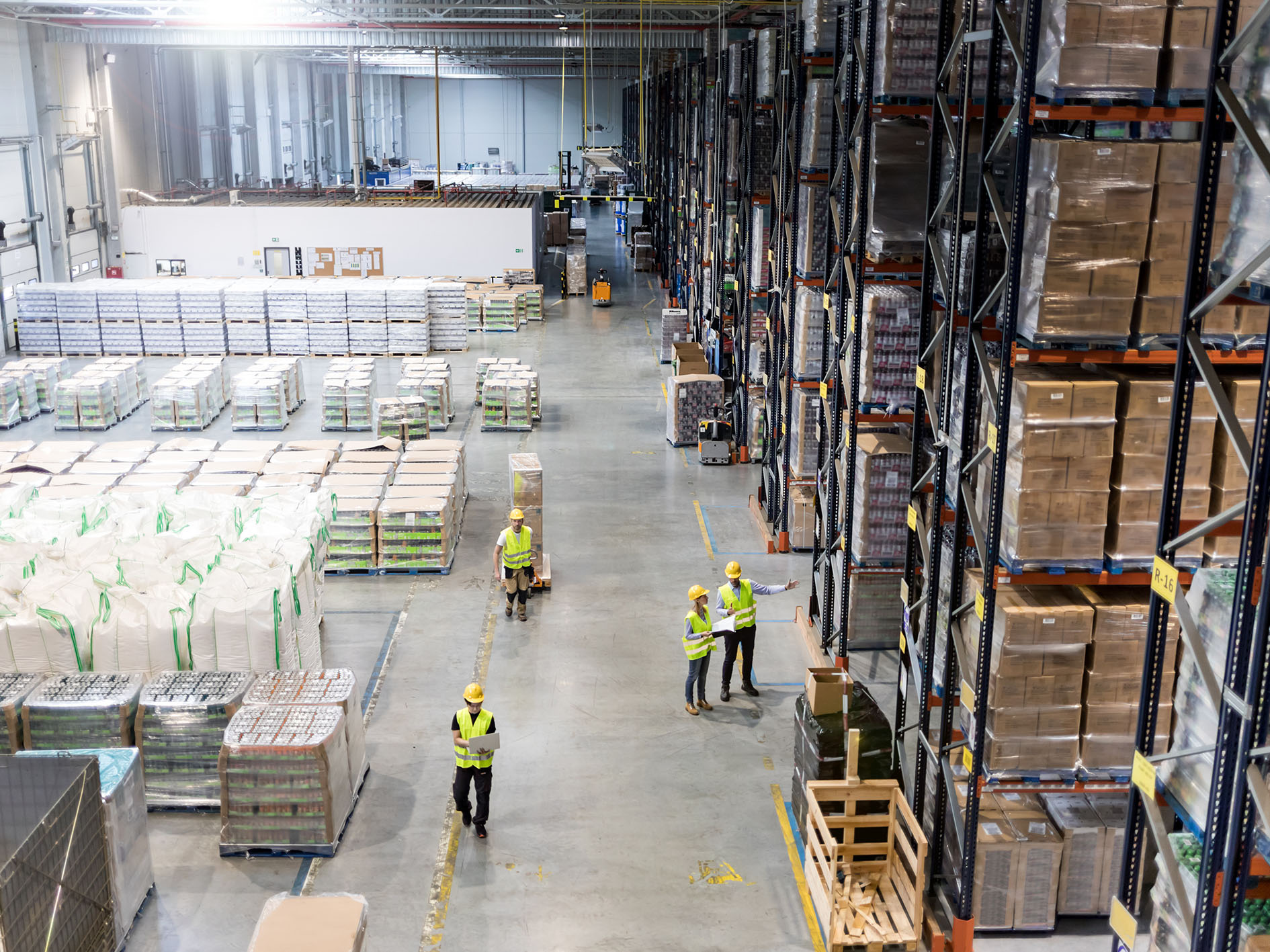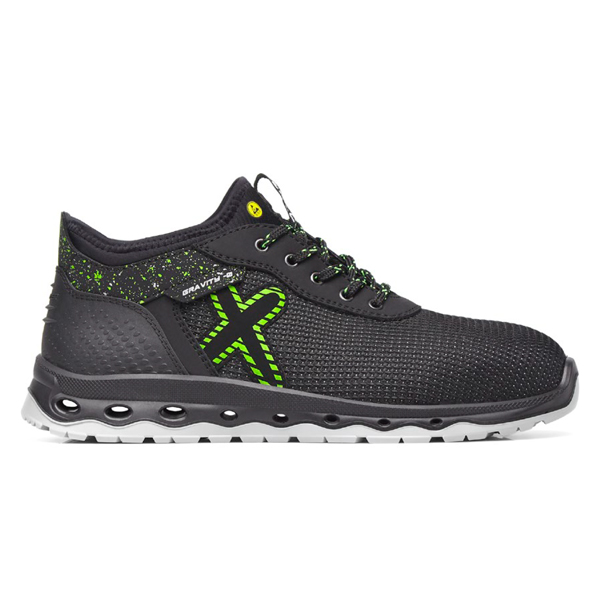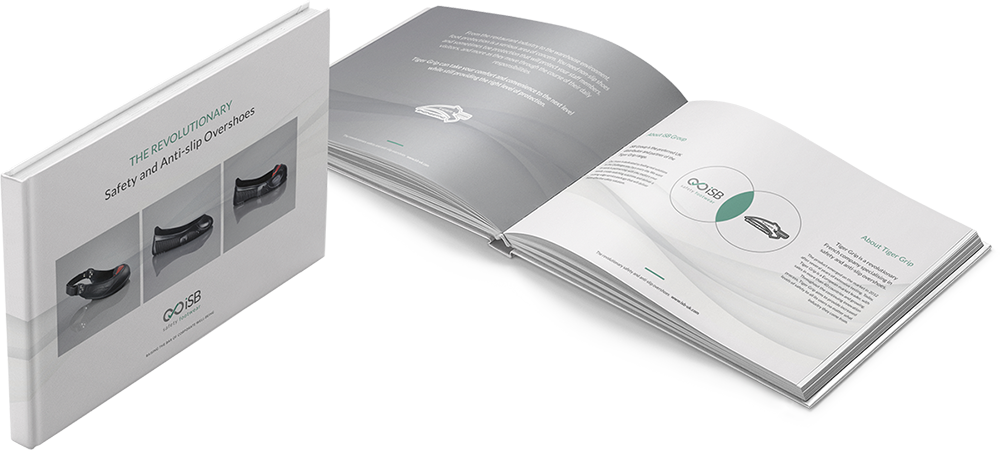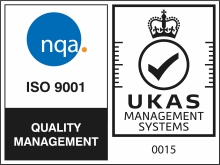
When it comes to warehouse safety, it’s easy to focus on the finer details and risk missing the bigger picture.
What do we mean by this? Well, businesses can get weighed down in the exact wording of safety protocols, the amount of PPE to order, or what they should say to employees to get them to engage with the importance of their safety, and the safety of those around them.
All these things are important - they’re very important - but if we really want to make warehouses safer, maybe we need to be thinking less about words, and more about the visuals - at least to begin with.
Human beings are primarily visual learners, but do we always take this into account when we’re thinking about warehouse safety? Think about your own depot - are employees and visitors able to quickly and easily appraise where they need to go and what they need to do? Is it immediately obvious what the hazards are, or are you risking information overload with overly-wordy signs and a plethora of non-safety-critical information?
What does the science say?
Scientists believe 90% of all the information transmitted to our brains is through vision. In addition, the brain is able to process visuals a lot faster than text - up to 60,000 times faster in fact! Our eyes can register 36,000 visual messages per hour, and it takes less than a tenth of a second for our brains to get the sense of a visual scene.
That’s some pretty impressive stuff right there. But how does knowing all this help us make warehouses safer?
What can we learn from the science?
Taking all this into account, it seems sensible to look at how we can use visual cues such as colour, images and symbols to help warehouse users keep themselves and others around them safe. From colour-coded zones for different activities and high-visibility clothing, to a comprehensive review of signage and floor markings to ensure they are clear and effective, there are a variety of practical things warehouse managers can do to optimise their depots for safety. As an added benefit, any changes will likely also boost efficiency, as they will make it quicker and easier for workers to identify where they need to go and what they need to do.
Now, we’re not saying warehouses should do away with words entirely - that would be impractical and actually less safe, as symbols and images can sometimes be interpreted differently by different people. What we’re saying is that the two need to work together, and that we need to start with visual cues and back those up with the words we use. After all, people recall just 10% of what they hear and 20% of what they read… but they recall 80% of what they both see and do. People following directions paired with illustrations do 323% better than those following text directions alone. 323%!
Most warehouses will already use some kind of colour-coding system to identify the location of first aid or fire-fighting equipment, and first aid and fire marshals will wear different coloured hi-vis clothing to make it easy for people to identify them in an emergency.
So, we already know that this works. Why not then see how far it can take us?
At iSB Group, we have worked with a major UK parcel carrier to help optimise their depots for safety and efficiency. Whether you’re thinking of moving operations and need someone to manage that for you, or are looking for practical help and advice on a depot optimisation project, our advisory service can help. Give us a call on 0121 749 4433 or email sales@isb-group.com.
You Might Like...
 1
1
Gravity Jupiter Safety Trainers- E3200
Ultra resistant textile TECNO-TEXT upper
 2
2
Gravity Jupiter Safety Trainers- E3200
Ultra resistant textile TECNO-TEXT upper
 3
3
Gravity Jupiter Safety Trainers- E3200
Ultra resistant textile TECNO-TEXT upper
 4
4
Gravity Jupiter Safety Trainers- E3200
Ultra resistant textile TECNO-TEXT upper

















